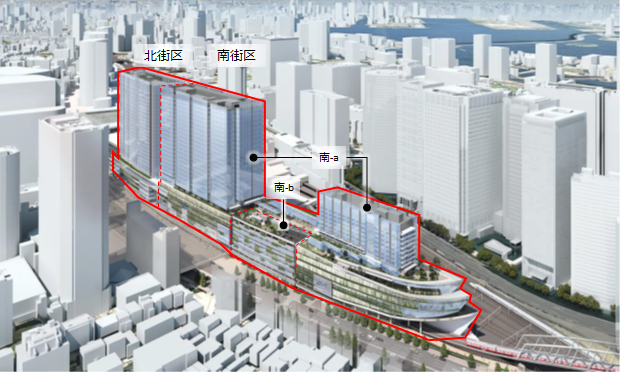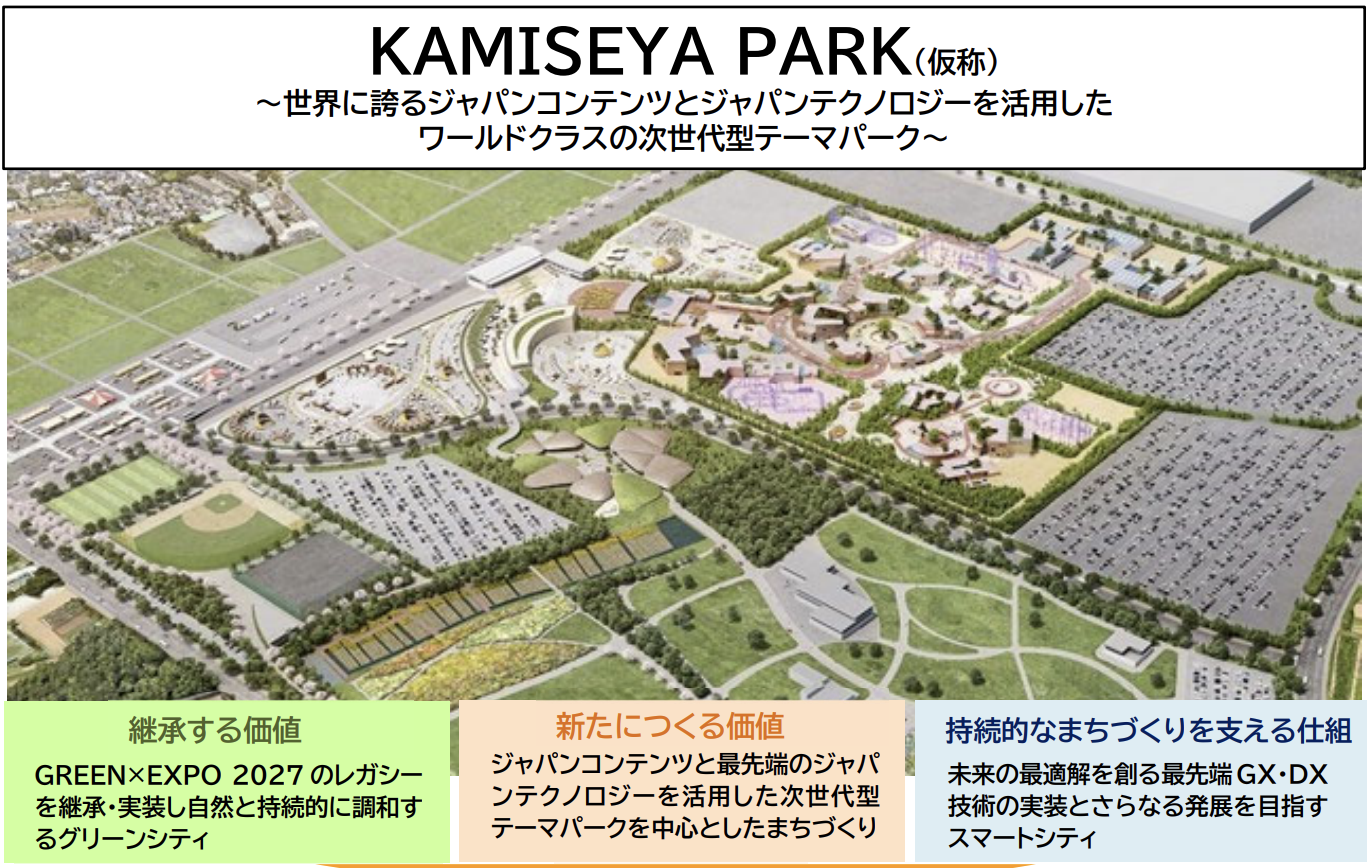An extremely important factor that can make the difference between success and failure in real estate investment is rent setting. To maximize the profitability of the properties you own, it is essential to take a strategic approach based on objective data, rather than relying solely on your senses and experience. However, many owners may be faced with issues such as "not knowing the appropriate rent" or "struggling to differentiate their properties from competitors' properties.
In this article, as INA & Associates, Inc. is involved in many real estate transactions on a daily basis, we will explain the limitations of conventional rent-setting methods and the new common practice of setting rents using data analysis and AI (artificial intelligence) from an expert's perspective. This article will give you concrete and practical hints to lead your rental business to success.
Conventional rent-setting methods and their limitations
Until now, the following three methods have been used to set rents. These are traditional approaches also used in real estate appraisal, but each has its own advantages and disadvantages.
Three Traditional Approaches to Rent Setting
For many years, the following approaches have been the basis for rent valuation in the real estate industry. Understanding the characteristics of each is important to understanding the advantages of modern approaches.
| Methodology | Overview | Characteristics |
|---|---|---|
| Accumulation method | The rent is calculated by multiplying the property's basic value (market value) by the expected yield and adding necessary expenses (maintenance, taxes, etc.). | Since this method is based on the owner's viewpoint of investment recovery and calculates backward from costs, there is a possibility that the rent will deviate from market demand. |
| Rental Case Comparison Method | Rents are adjusted by comparing the property with similar properties in the neighborhood, taking into account various conditions such as location, age, size, facilities, etc. The most common and intuitive method. | This is the most common and intuitive method, but it is less accurate in rural areas where there are few suitable examples to compare, or for special properties. |
| Profit Analysis Method | This method predicts the revenue that the property will generate, mainly for stores and offices, and calculates the rent backward from there. | This approach is specialized for commercial real estate and has limited application to general residential properties. |
Why traditional methods alone are not sufficient now?
While these traditional methods have a certain rationale, they face some significant limitations in today's complex and volatile real estate market.
First is the issue of freshness and comprehensiveness of information. Taking the rental case comparison method as an example, it is only "past" contracted cases that can be referenced. Market trends are constantly changing, and even data from a few months ago may not necessarily reflect current fair rents. In addition, there are limits to an individual's research capabilities, and it is virtually impossible to conduct an exhaustive analysis of all competing properties in the market.
Second, there is a lack of attribution and objectivity. In particular, the rental case comparison method is greatly influenced by the experience and subjectivity of the appraisal staff in terms of which properties are judged to be "similar" and how much of which factors are reflected in the price. This can lead to variations in appraised value from person to person, even for the same property, and can be a barrier to owners making the best decisions.
The key to overcoming these challenges and achieving more accurate rent setting is the use of data analysis andreal estate tech.
Innovations in Rent Setting Driven by Data Analytics
In recent years, digital transformation (DX) has progressed rapidly in the real estate industry, and new services utilizing big data are being created one after another. In the field of rent setting in particular, AI (Artificial Intelligence) valuation systems are attracting attention, and have great potential to solve the problems faced by conventional methods.
Structure and Advantages of AI Rent Assessment
AI rent assessment systems calculate rents objectively and accurately by learning from vast amounts of real estate data, ranging from millions to hundreds of millions of cases, and building statistical models. The system is truly the ultimate evolution of the rental case comparison method through the power of technology.
AI instantly analyzes a volume of data that humans could never process. It integrally evaluates a wide variety of data, including not only past contracted cases, but also information on currently available properties, demographics, nearby facilities, transportation convenience, and even word-of-mouth on the Internet, to derive appropriate rents from a multifaceted viewpoint. This enables a fair and highly transparent assessment that eliminates the subjectivity of the person in charge.
| Comparison Items | Conventional appraisal (rental case comparison method) | AI Rent Appraisal |
|---|---|---|
| Amount of data | Depends on the knowledge of the person in charge and the scope of the research | Big data of millions to hundreds of millions of cases |
| Objectivity | Involves the experience and subjectivity of the person in charge | Objective calculation based on statistical models |
| Speed | Days to a week | A few seconds to a few minutes |
| Future prediction | Difficult | Capable of predicting future rent fluctuations based on past trends |
Some studies have reported that the accuracy of rent assessment by AI is equal to or better than that by experts, especially for standard condominiums in urban areas.
Using Data to Address Vacancies and Maximize Profits
The benefits of data analysis go beyond simply calculating accurate rents. By accurately understanding market demand, you can achieve more strategic rental management, i.e., preventing vacancies andmaximizing revenue.
For example, through data analysis, it is possible to quantitatively evaluate how much the availability of facilities such as "free internet" or "delivery boxes" in a particular area or layout affects rents. This makes it possible to determine cost-effective capital investment and increase the competitiveness of the property. It also enables us to predict future market changes, such as seasonal demand fluctuations and large-scale redevelopment plans in the neighborhood, and to formulate proactive rent revisions and recruitment strategies.
Data can serve as a compass not only for optimizing the "point" of setting rents, but also for understanding the "lines" and "planes" of rental management as a whole, leading to long-term success.
In summary, data is a partner in management that illuminates the future.
This article has explained the limitations of traditional rent-setting methods and how data analysis can revolutionize rental management. The days of relying solely on experience and intuition are over, and making decisions based on objective data is now a prerequisite for success in real estate investment.
| Key Points | Explanation |
|---|---|
| Limitations of conventional methods | Freshness and comprehensiveness of information, as well as the personal nature of appraisal, were issues, and there was a risk of setting rents that deviated from the actual market conditions. |
| Advantages of Data Analysis | By utilizing big data and AI, objective and highly accurate rent assessments can be performed quickly, leading to vacancy countermeasures and maximizing profits. |
| The Future of Rental Management | By positioning data as a partner in management and making strategic decisions, you can expect to secure stable earnings even in a rapidly changing market. |
Our mission at INA & Associates, Inc. is to provide optimal real estate solutions tailored to each client's unique situation by combining technology and expert knowledge. With the powerful weapon of data in hand, we would be happy to help lead your real estate investment to success.
Frequently Asked Questions
Q1. Is data analysis effective for properties in rural areas or those with unique characteristics?
A1. Yes, it is effective. For properties in rural areas, where data is scarcer than in urban areas, or for special properties such as designer apartments, it is difficult to conduct a uniform analysis. However, it is precisely in such situations that it is worthwhile to have an expert intervene. We make comprehensive decisions based on the results of macro market analysis using AI, taking into account micro perspectives such as the property's unique value and regional characteristics. While maximizing the power of data, we ultimately propose the optimal rent based on the experience and insight of our human resources.
Q2. Is it safe to rely on the results of AI-based assessments?
A2. AI valuation is a very powerful tool, but it is not a panacea. The assessment result is only a "statistical prediction based on past data," and the final decision should be made by a human being. It is important to consult with an expert to determine the final rent, while referring to the AI's calculation results.
Q3. What are the costs involved in requesting data analysis?
A3. The cost depends on the scope and content of the analysis. There are many services that offer free of charge for a simple rent assessment. On the other hand, if you want a comprehensive consulting service that includes the purchase, management, and sale of properties, we will provide you with an estimate based on your individual situation, Please feel free to contact us for a consultation.

Daisuke Inazawa
Representative Director of INA&Associates Inc. Based in Osaka, Tokyo, and Kanagawa, he is engaged in real estate sales, leasing, and management. He provides services based on his extensive experience in the real estate industry. Based on the philosophy that “human resources are a company's most important asset,” he places great importance on human resource development. He continues to take on the challenge of creating sustainable corporate value.

.png)













